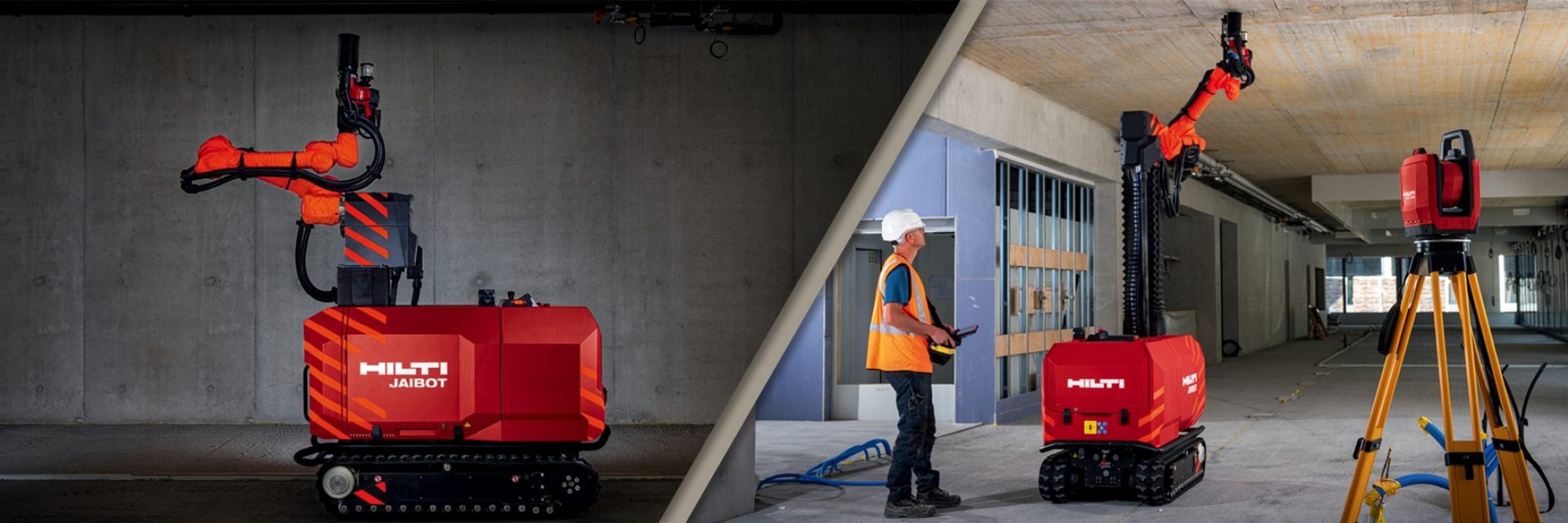Digitization is already making an impact on the construction industry. In line with the Construction Industry Transformation Map (ITM) laid out by the Building and Construction Authority (BCA), industry players are now accelerating digital implementation and embracing innovative solutions to raise the capabilities and productivity of the Built Environment sector.
Thanks in part to BIM, automated and semi-automated technologies are also making inroads. In fact, these two technologies can work together to deliver even more value. BIM’s digitized workflows, such as Hilti BIM-to-field solutions that layout drilling points and cast-in components like anchor channels, create a mine of construction data that robots can access and utilize. By simply following the BIM process, you’re already creating a robot-friendly jobsite.
Automated and semi-automated machines are most useful when carrying out mundane, repetitive, or dangerous tasks that require accuracy or speed or that exceed reasonable human limitations. Adopting robotic technologies can help make jobsites more efficient, more precise and safer.

